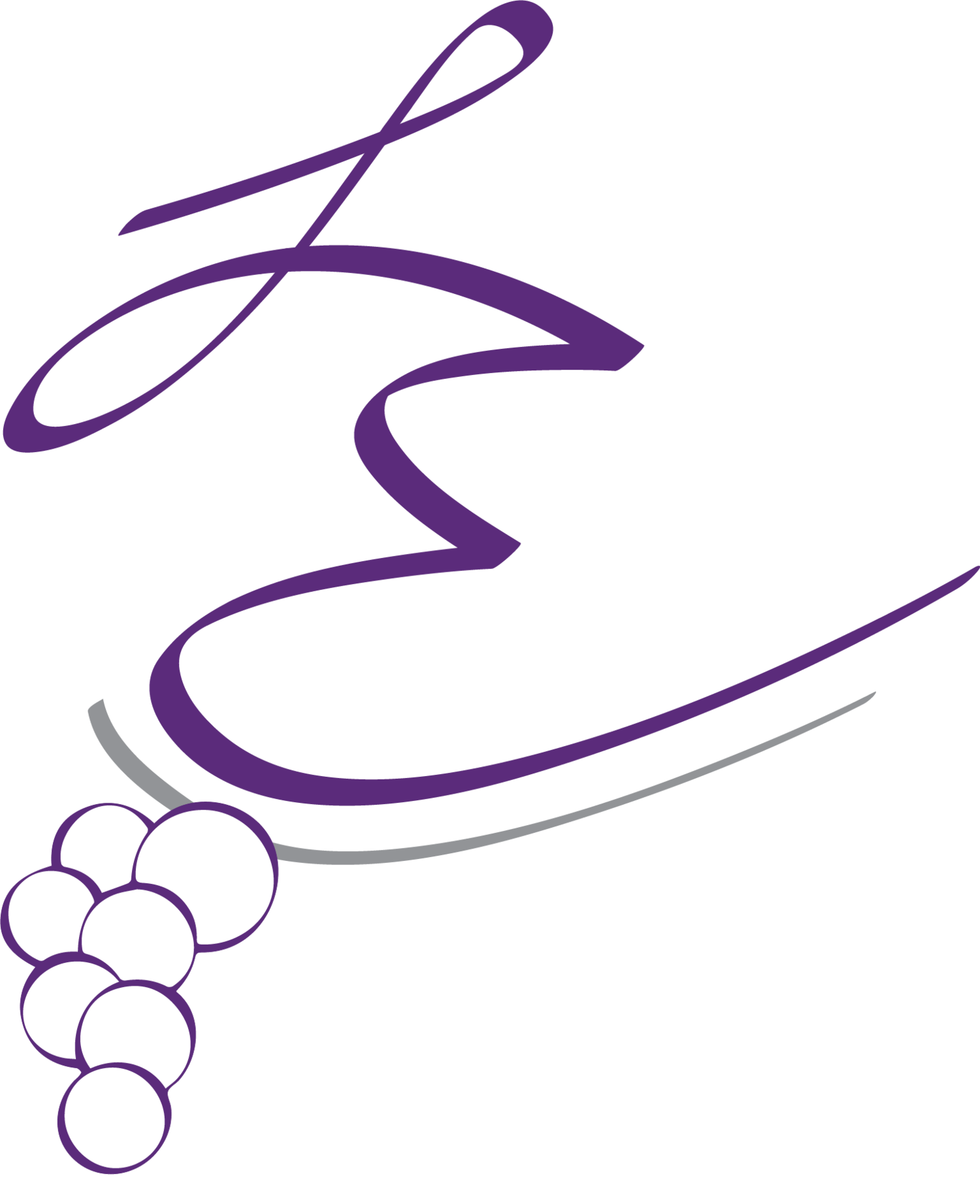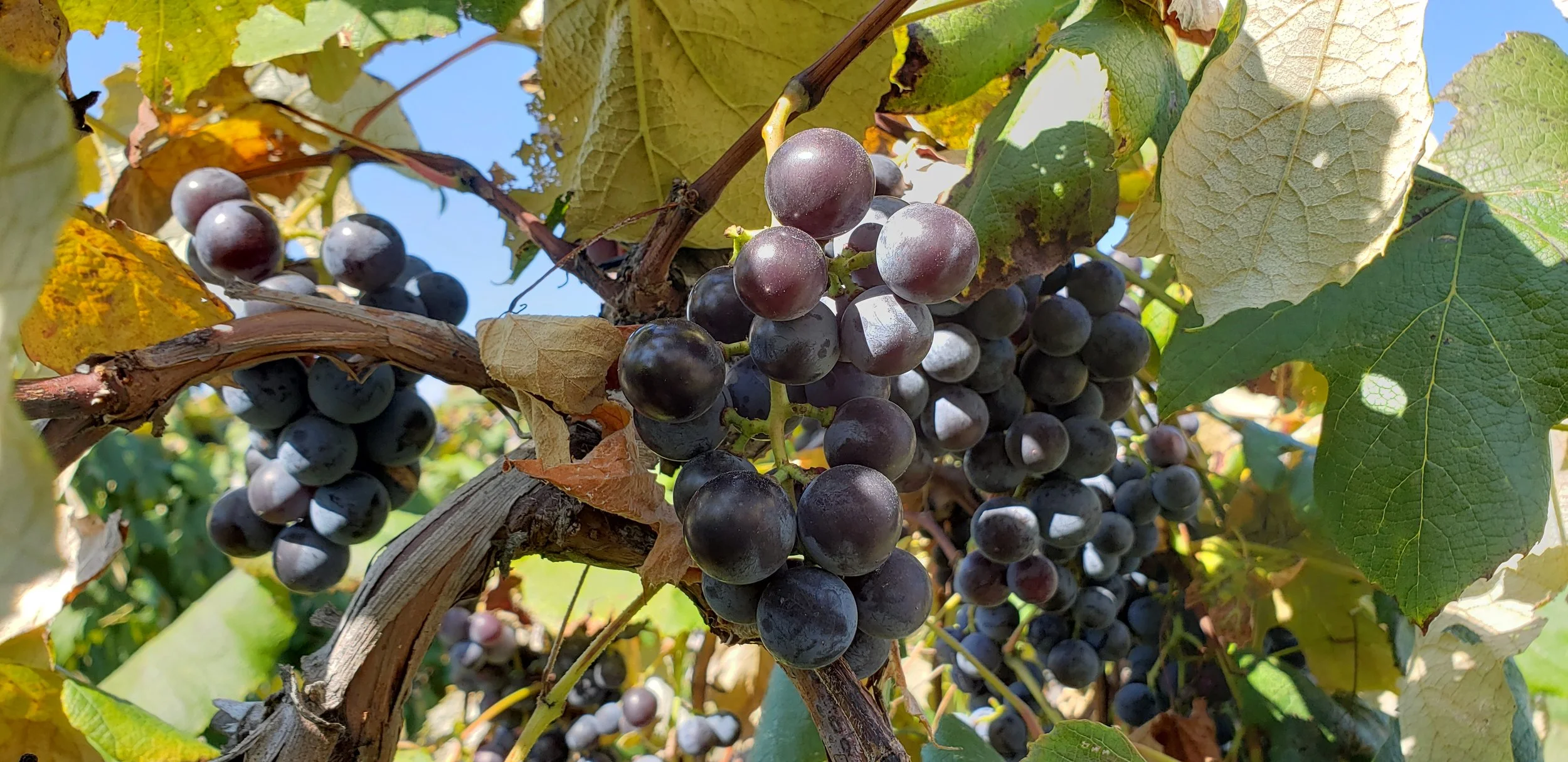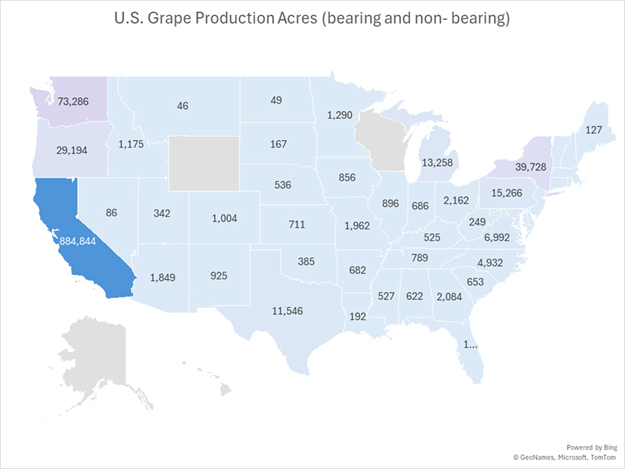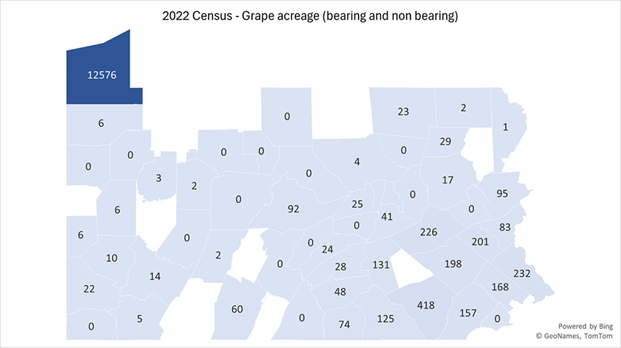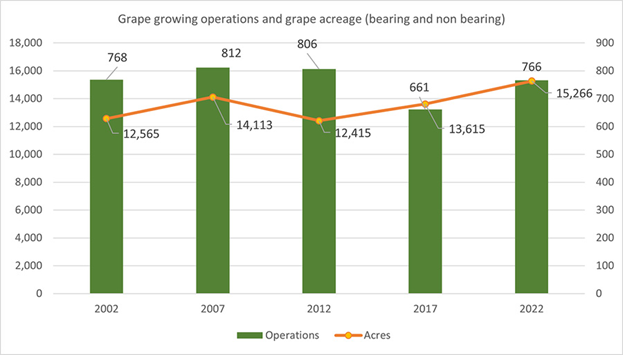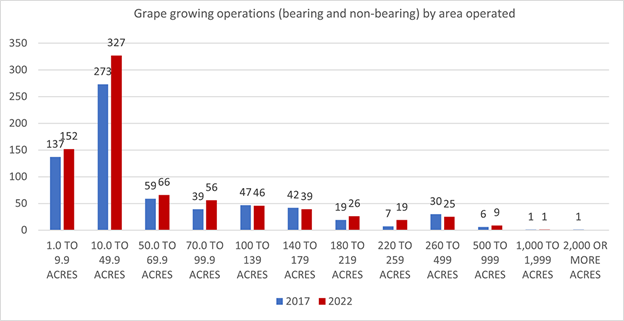With the 2025 grape harvest wrapped up, there are seemingly more grapes left in the vineyards this year than in years past. While this year’s quality was reportedly high, the grape market, both for wine and juice grapes, has continued to become more and more saturated. In turn, growers have shared reports of some grapes not having buyers. No or low demand, dropping of past contracts, and allocation of crops have been reported across the industry. To capture this data and to show the economic impact of the current market conditions on grape growers in Pennsylvania and New York, Andrew Holden with the Lake Erie Regional Grape Program has created a survey for growers to complete. Please see the request below:
The Lake Erie Regional Grape Program, along with our collaborating Land Grant Universities (Penn State University Extension & Cornell University Extension) are asking you to contribute to the 2025 Unmarketable Grapes Survey. Growers from both New York and Pennsylvania State are encouraged to complete the following form.
Survey Link: https://pennstate.qualtrics.com/jfe/form/SV_9TEV2wdiHGqknEa
You are asked to answer questions about the grape varieties you grew in 2025 and couldn't sell due to current market conditions. Please share the approximate unsold tonnage and the value per ton of those grapes (This could be what you expected to receive or what you received last year).
The purpose of this survey is to estimate and report on the economic impact that is the result of the current grape market conditions. Results could be used by growers, industry groups, and politicians to make decisions regarding growing, marketing and/or policy change.
We will publish a report of the results from the survey in the Lake Erie Regional Grape Program Crop Update. If you are not a member of the LERGP, you can find information on how to enroll by contacting Kate Robinson at 716-792-2800 or by email at kjr45@cornell.edu. The report will also be published publicly from each respective university and or grape growing region.
Please be assured that your responses are completely confidential. We will only report data regarding tonnage, average prices, and minimum and maximum prices per ton by variety received so that no individual's answers will ever be identified.
If you have any questions about this survey or its outcomes, please contact Andrew Holden, Extension Educator at 716-640-2656 or azh6192@psu.edu.
Andrew Holden
Business Management Extension Educator, Horticulture
